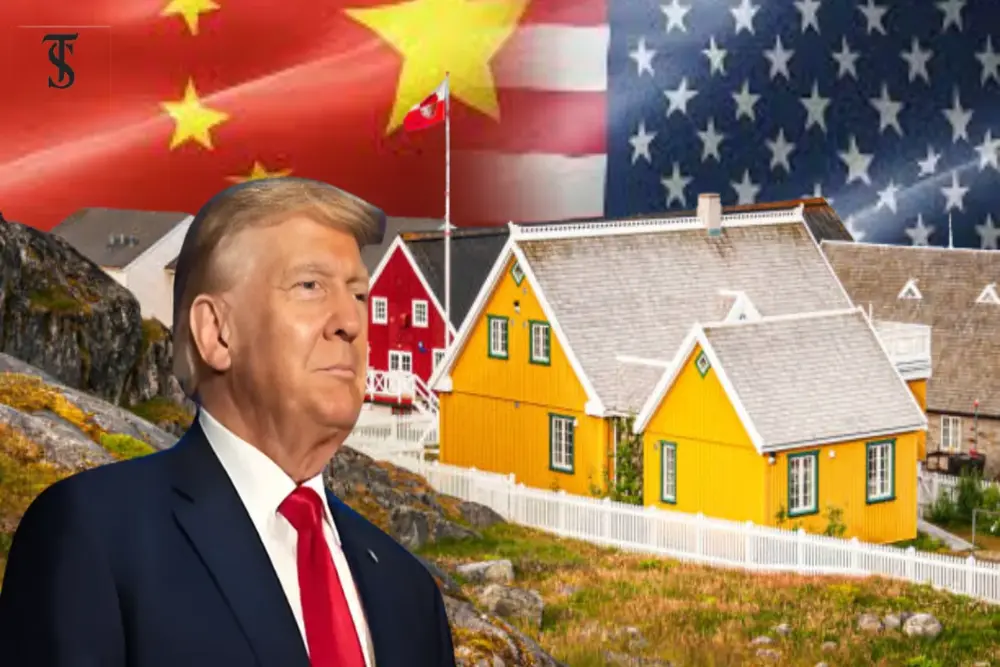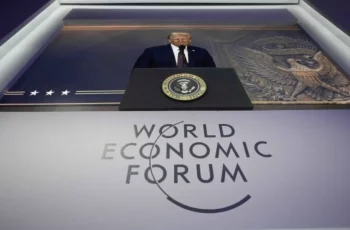
This primarily concerns monitoring military activity by a potential adversary in the air and maritime areas of the North Atlantic and Arctic, which remain partially unknown territory for NATO, lacking sufficient intelligence and analysis of the situation in the region. Under these circumstances, the Danish government sees Donald Trump’s belligerent and aggressive rhetoric as a sign to accelerate and increase military investment in the region.
Similarly, Greenland’s desire for independence should not be underestimated. In April 2024, during the debate on the Prime Minister’s annual report on the situation in the Commonwealth, Prime Minister Mette Frederiksen stated that the government was doing everything possible to meet the needs and desires of the autonomous territories, but within the framework of the current constitution. However, she did not comment directly on the proposal from the Socialist People’s Party and The Danish Social Liberal Party to establish a joint Danish-Greenland-Faroe commission to reform relations between the three parties of the Commonwealth.
In September 2024, the Greenlandic government submitted a report on the commission’s powers and tasks, which aims to prepare Greenland for the practical implementation of Article 21 of the Greenland Autonomy Act of 2009. This article outlines the process for achieving independence. The commission is expected to include legal experts and will work for two years, focusing on describing the steps towards Greenland’s independence as accurately as possible in accordance with Article 21. Additionally, the commission has yet to evaluate a draft constitution for an independent Greenland that was submitted in April 2023 and may need to be finalized or revised. Due to this, Greenlandic politicians have left room for partial retreat or slowing down the process of independence. It will be possible to discuss more explicit intentions from the Greenlandic government after elections to the autonomous Inatsis parliament scheduled for April 6, 2025.
Thus, Greenland needs to establish communication not only with the United States, which it has long desired to conduct its own dialogue with, bypassing Copenhagen. It also needs to communicate with Denmark, regarding, not least, issues of citizenship, current and future rights of Greenlanders in Denmark, and whether those who potentially have the right to vote in a referendum on Greenlandic independence are indeed Greenlanders. At the same time, the number of Danes living on the island is steadily decreasing. In 2017, there were just over 4,000 people born in Denmark on the island, compared to 1977 when there were over 8,000 Danes in Greenland. However, among these figures, it is necessary to consider the children of Greenlandic parents born in Denmark who have moved to the island. Currently, there are approximately 17,000 Greenlanders residing in Denmark and about 6,000 Danish people in Greenland. Many of these Danish residents have mixed Danish-Greenlandic ancestry and cultural ties. One of the most prominent Greenlandic politicians today, Aki-Matilda Høegh-Dam, is a member of the Siumut party in the Danish parliament. She was born and raised in Denmark, yet she strongly opposes the perception that she has Danish characteristics and identity. This demonstrates that Denmark and Greenland continue to lack cultural understanding and awareness of one another’s history and traditions.
Bertel Haarder, a former Minister of Education from the Venstre political party and an active supporter of the expansion of “Northern cooperation”, acknowledges that he has not done enough to ensure that Greenland’s culture, language, and history are properly represented in Danish school curricula and educational activities. However, he continues to believe that, in the context of reform, the interests of Greenland and the Faroe Islands within the Kingdom of Denmark will be protected as equal countries and people.
As part of the recent efforts towards equal relations with Greenland, Tobias Rehfeld, a Danish diplomat with a long career who headed the Department of North America and the Arctic, and was to lead the Danish presidency of the Arctic Council from 2025 to 2027, resigned from his position at the Danish Ministry of Foreign Affairs on January 6th, 2025. Instead, Greenland will appoint a representative from the indigenous community to lead the work of the Arctic Council senior officials committee during the Danish presidency, in accordance with agreements confirmed in December 2024. On January 24th, 2025, Maria Zakharova, the official representative of the Russian Ministry of Foreign Affairs, stated that Russia was cooperating with the Norwegian presidency and the Secretariat of the Arctic Council, and that cooperation in this area has been partially resumed. However, there is still no political dialogue between the senior officials from the eight Arctic nations. In these circumstances, Denmark and Greenland face an important challenge to continue the limited progress made in the work of the Arctic Council under the Norwegian chairmanship.
However, if the issue of better political representation and protection of Greenlandic interests in the Arctic has been partially addressed by nominating representatives from the Greenlandic and Faroe Islands to senior positions, the assessment of Greenland’s military security remains chronically inadequate.
to be continued










Comments